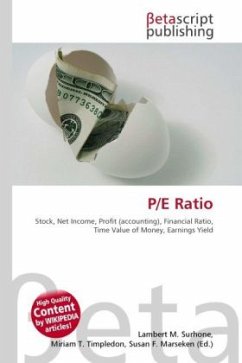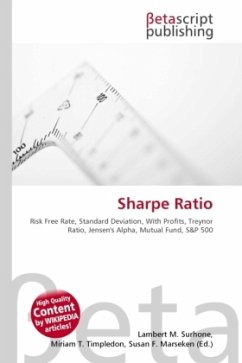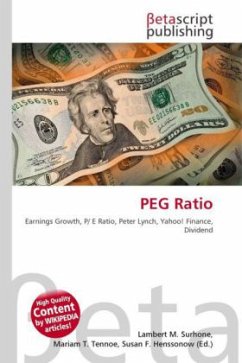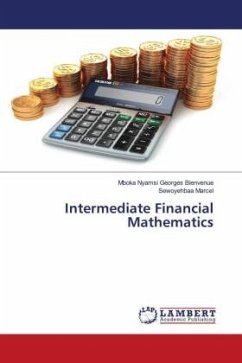High Quality Content by WIKIPEDIA articles! The P/E ratio (price-to-earnings ratio) of a stock (also called its "P/E", "PER", "earnings multiple," or simply "multiple") is a measure of the price paid for a share relative to the annual net income or profit earned by the firm per share. It is a financial ratio used for valuation: a higher P/E ratio means that investors are paying more for each unit of net income, so the stock is more expensive compared to one with lower P/E ratio. The P/E ratio has units of years, which can be interpreted as "number of years of earnings to pay back purchase price", ignoring the time value of money. In other words, P/E ratio shows current investor demand for a company share. The reciprocal of the PE ratio is known as the earnings yield. The earnings yield is an estimate of expected return to be earned from holding the stock if we accept certain restrictive assumptions (a discussion of these assumptions can be found here).








